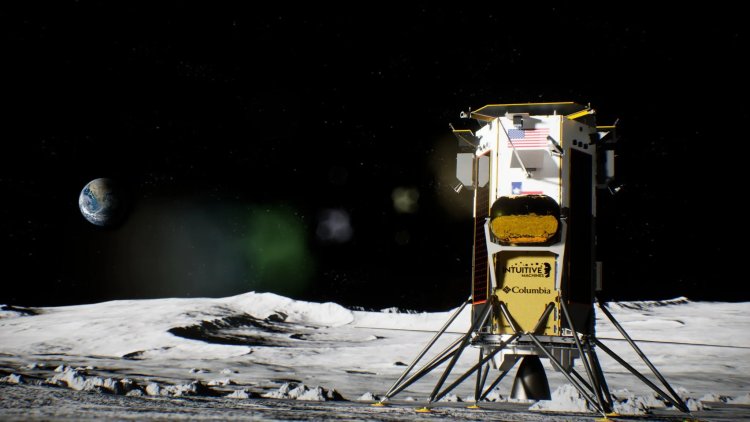Private U.S. spaceship takes off for the Moon

A US spaceship attempting a lunar landing lifted off from the Kennedy Space Center in Florida, the second such private-led effort this year after the first ended in failure.
Intuitive Machines, the Houston company leading mission "IM-1," hopes to become the first non-government entity to achieve a soft touchdown on the Moon, and to land the first US robot on the surface since the Apollo missions more than five decades ago.
Its hexagonal-shaped Nova-C lander named "Odysseus" blasted off on top of a SpaceX Falcon 9 rocket.
IM-1 was supposed to blast off on Wednesday, but the launch was postponed after SpaceX discovered abnormal temperatures as it attempted to fuel up the lander.
"Confirmed: The Nova-C lander has separated and continues its trip to the Moon," NASA said.
The lander has a new type of supercooled liquid methane and oxygen engine giving it the power to reach its destination quickly, avoiding prolonged exposure to a region of high radiation surrounding the Earth known as the Van Allen belt.
Despite the postponement, the craft is still due to reach its landing site Malapert A on February 22, an impact crater 300 kilometers from the south pole.
NASA hopes to eventually build a long-term presence and harvest ice there for both drinking water and rocket fuel under Artemis, its flagship Moon-to-Mars program.
NASA paid Intuitive Machines $118 million to ship science hardware to better understand and mitigate environmental risks for astronauts, the first of whom are scheduled to land no sooner than 2026.
There is more colorful cargo aboard as well, including a digital archive of human knowledge and 125 mini-sculptures of the Moon by the artist Jeff Koons.
After touchdown, the payloads are expected to run for roughly seven days before lunar night sets in on the south pole, rendering Odysseus inoperable.















